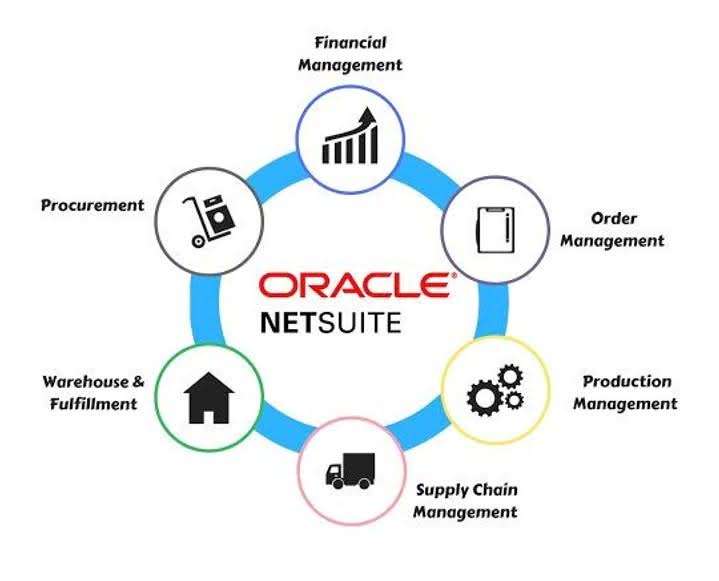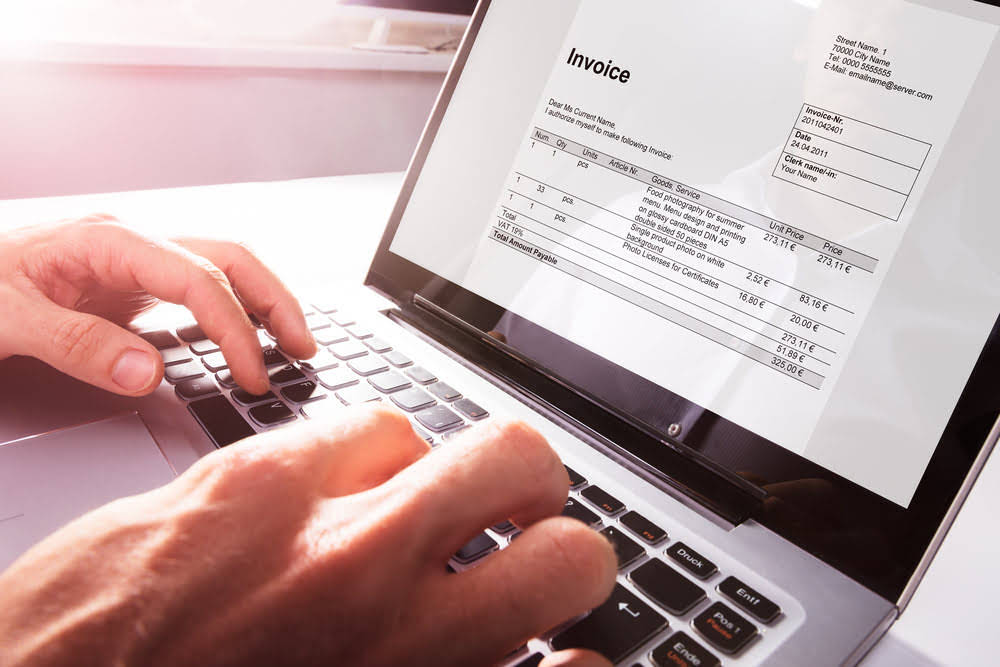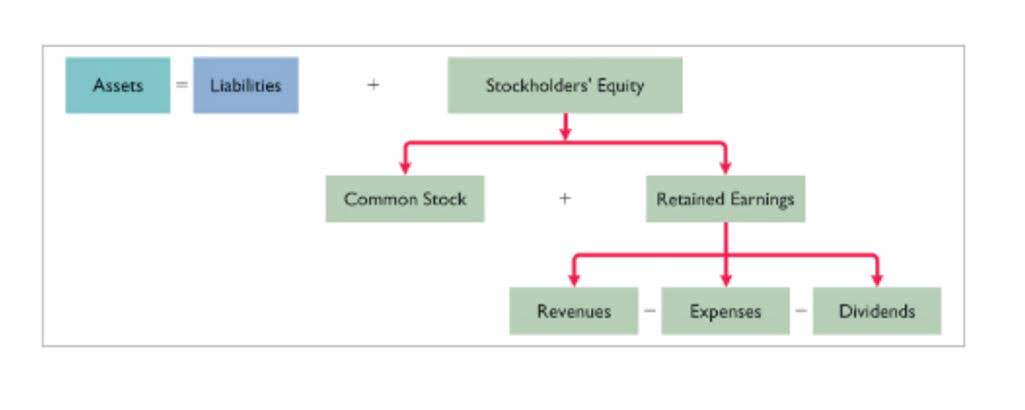
Be mindful of post office conditions and potential delays for seasonality, weather, or staffing issues. Outstanding checks that remain so for a long period of time are known as stale checks. Outstanding checks also have the risk of being used in fraudulent conduct. Someone else could be able to change the payee name or the amount if a check is misplaced or stolen before it is taken to the bank. All else being equal, it is safest if a check is deposited as fast as possible to avoid tampering with the instrument. For additional resources, timeline of requirements, and reporting requirements and information, visit the Minnesota Department of Commerce website.
Create a free account to unlock this Template
- It begins with meticulous bookkeeping, where all issued checks are logged with details such as the check number, date, payee, and amount.
- To prevent problems, you should cash or deposit a check promptly after receiving it.
- The process of identifying outstanding checks is integral to maintaining the integrity of a company’s financial records.
- Disputes may arise if a payee claims non-receipt or loss of the check, requiring the issuer to issue a replacement, which increases administrative burdens and the risk of duplicate payments.
- During this processing period, the check is considered an outstanding check.
It is crucial to maintain accurate and up-to-date financial records to ensure that outstanding checks are promptly identified and resolved. By implementing these practices, businesses can effectively manage outstanding checks and maintain accurate cash flow records. Stale-dated or void checks present unique challenges in financial management. A check becomes stale-dated when uncashed for an extended period, often six months, depending on state laws or bank policies. Banks may refuse to honor such checks, disrupting financial planning and cash flow management.
How can you keep track of outstanding checks?

When a company issues a check, it reduces the balance in its bank account by the amount of the check. However, until the payee presents the check to https://www.bookstime.com/ the bank and the bank debits the company’s account for the corresponding payment, the check is considered outstanding. It is important for companies to keep track of outstanding checks in order to maintain accurate financial records and ensure that the cash balance reflects the true amount of funds available.
What Is the Meaning of Outstanding Checks and Their Financial Impact?
- Gain comprehensive visibility into all your accounts with Eisen’s intuitive dashboard.
- Accountants must track outstanding checks and adjust cash balances accordingly.
- For example, a check may have been written and recorded by a company on December 31.
- With $0 minimum to open online and Low Cash Mode® to help avoid overdrafts.
Outstanding checks can create discrepancies, complicating reconciliation. Another aspect of resolving outstanding checks is to review internal controls. This includes analyzing the check issuance process to identify any operational inefficiencies that could be contributing to the problem. For instance, checks might be getting what are retained earnings mailed to incorrect addresses or not being issued promptly. By tightening internal controls and improving the check issuance process, a company can minimize the occurrence of outstanding checks. When you write a check to vendor, the bank has no idea the check has been written.


For instance, the balance sheet may not reflect the true cash position if these checks are not properly accounted for. This can cause discrepancies between the bank statement and the company’s books, requiring adjustments during the bank reconciliation process. Accurate reconciliation ensures financial statements comply with standards like Generally Accepted Accounting Principles (GAAP) or outstanding checks meaning International Financial Reporting Standards (IFRS). Overall, understanding the concept of outstanding checks is crucial for accurate financial reporting and cash management.

In this context, an outstanding check need not be outstanding for long; it may simply be the short period of time between when a check is mailed and when it is received. An outstanding check is a check payment that is written by someone but has not been cashed or deposited by the payee. The payor is the entity who writes the check, while the payee is the person or institution to whom it is written. An outstanding check also refers to a check that has been presented to the bank but is still in the bank’s check-clearing cycle. If your business or organization does have stale checks that are deemed unclaimed property, first try to contact the owner/payee of the check.

This automation aids in reducing human error and ensures a more efficient reconciliation process. Additionally, these tools can generate reports that provide insights into the age and volume of outstanding checks, which can be indicative of broader financial management issues. When preparing financial statements, one doesn’t directly add outstanding checks to the balance sheet. Instead, they consider it during the bank reconciliation process to ensure that the cash balance reported on the balance sheet is accurate. Timing differences and recording errors can further complicate reconciliation. For example, checks issued near the end of a reporting period may remain outstanding until the next period, requiring adjustments across multiple reconciliations.
Leave a Reply
You must be logged in to post a comment.